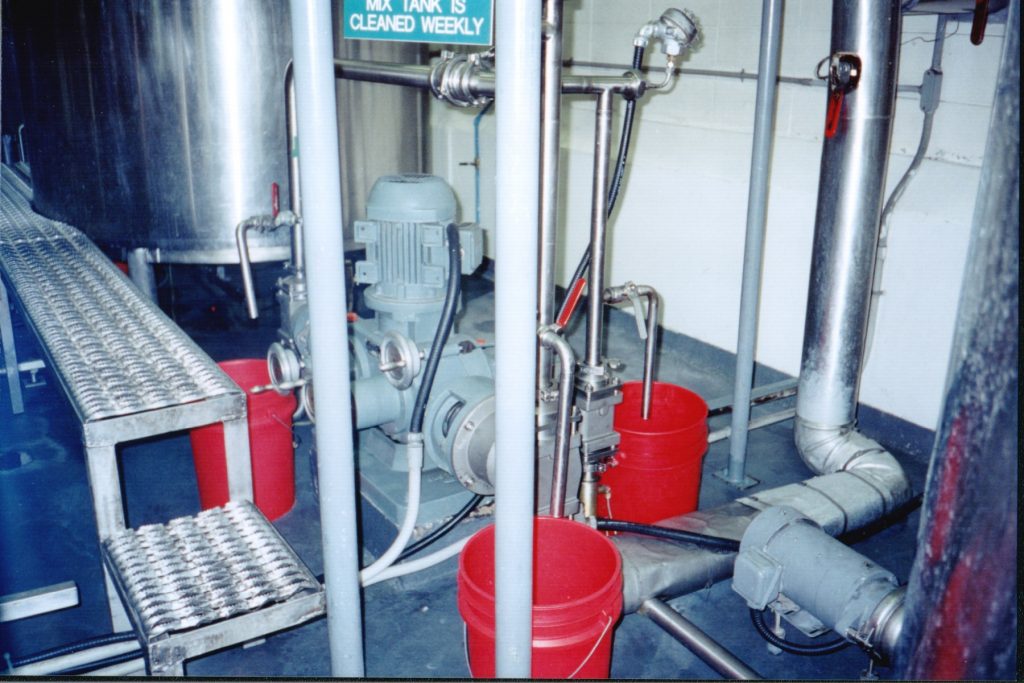
There’s an old saying that a woman can’t have enough handbags and a (usually male) photographer can’t have enough camera bags.
I suppose that’s true in the case of the photog anyway. I mean, I have 6 in my closet – 7 if you count the ancient canvas bag I used with my Nikon FE 30 years ago. I have used them all off and on, and I still have some use for every one.
Just like the travel camera, there is no perfect camera bag. There are different styles, depending on the maker and the way the photographer uses it. Photographers make the wrong choices too. Tell me about it.
When I got my first Nikon autofocus system back in 2002, I had the camera, two zoom lenses and a flash to carry. My old canvas bag wouldn’t work and besides, it gave limited protection to my shiny new stuff. I also had the plan to pick up a couple more lenses someday, so I wanted a bag I could grow into.
So I settled on the above bag – Lowepro Nova 3. Lowepro was the most common bag you’d find in camera stores back then – good value, pretty well made, lots of padding. It was a big bag, but nowhere near the largest Lowepro made.
I took this bag with my camera equipment on a number of overseas holidays, and it was soon apparent that it did not travel well. Back then they didn’t quibble about carry on bags or checked baggage but even so, this camera bag took up a lot of room under the seat. It was bulky to carry around as well, and it was obvious that it was a camera bag holding decent equipment – a security risk. It was heavy on the shoulder too – a day of carrying it around Brussels was not fun.
This bag is still in use though. All the things that make it a bear for travel are perfect for home storage. Right now I keep my complete mothballed film system in there; if I want to use my great manual focus Nikon glass on my DSLR I know where to find it.
I decided to try something else. I got a good deal on a Lowepro Orion waist bag. This is a fairly large kidney shaped bag that hugs your hip and has a waist strap to take some of the weight off your shoulder. I liked this bag a lot for comfort, and it wasn’t bad to get your camera in and out. The problem was that the Orion was not really suited to my style of urban photography. It was great for hiking in the boonies but I felt like a doofus in the city with the waist strap and shoulder strap. It was sort of like wearing a belt and suspenders – plus you were always fiddling with the camera bag instead of your camera.
I use this bag for additional storage; it holds obsolete flashes, digital and film cameras and other assorted gear. It doesn’t get out much.
Now for some bags I actually use when shooting pictures.

The third time was the charm when it came to my SLR and DSLR systems. I got a bag from a different maker this time. It is a Tamrac Velocity 3 messenger bag. This is a shoulder bag that is less bulky, still gives good protection, and does not look like a camera bag. It took my film SLR and 4 lenses to the Baltics. I use it now for a digital SLR and 3 zoom lenses. The Velocity 3 does not have a really comfortable shoulder strap, and you cannot change it, but I manage. I’m not really carrying the whole system around all day.
I don’t do air travel with a DSLR, so this one gets taken by car to mostly family events, or to spots where I want to take wide-angle photos.
In addition to this Velocity 3, I have a Lowepro TLZ-1 holster bag which is good for a DSLR and just one lens. I used this bag a lot with a Fuji fixed lens “bridge camera” a few years ago, but the DSLR system has replaced that. This bag gets used from time to time but not as much as it once did. My son in law has the same bag with hios Fuji and uses it all the time. A good bag for sure.
Back when I got started with digital, I had a Nikon Coolpix 5000 and a small flash. I got a Lowepro D-Res 420 AW small shoulder bag to carry it around. Although I have retired the Coolpix, I still use this bag to carry batteries, chargers and voltage adapters when I go traveling on airplanes. It fits nicely in a backpack and holds all the little things that would rattle around at the bottom and get lost. Handy but not a camera bag anymore.
Finally my go-to travel camera – Lumix ZS50 – goes in a tiny Lowepro Tahoe 25 II case. This is strictly hand carried – no strap at all.
So right now I have 6-7 bags, use 2 for cameras and the rest mostly gather dust in the closet. I don’t think I’ll be getting any more for a while – I’ll need to cull some stuff in the closet first.
Live and learn. Oh yes – anyone want a tripod? That’s in the closet too.














